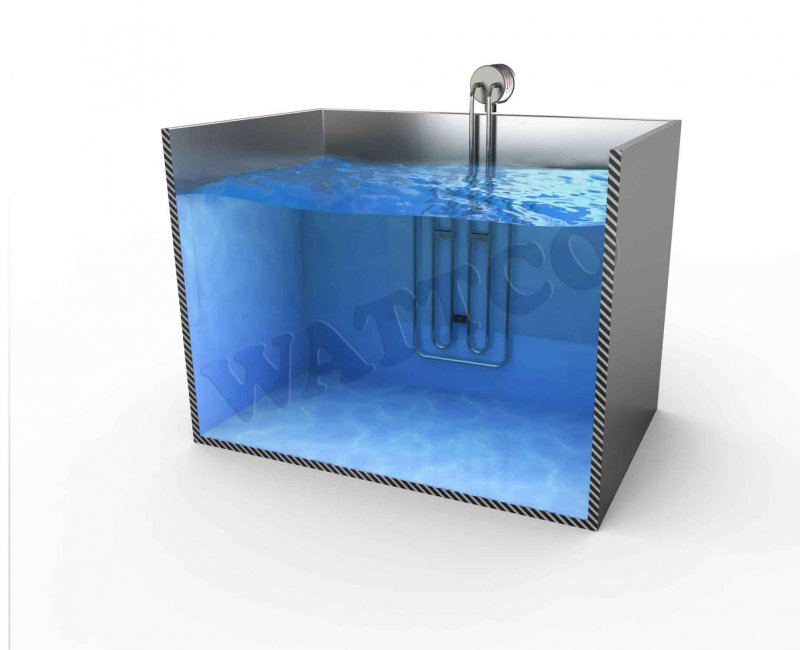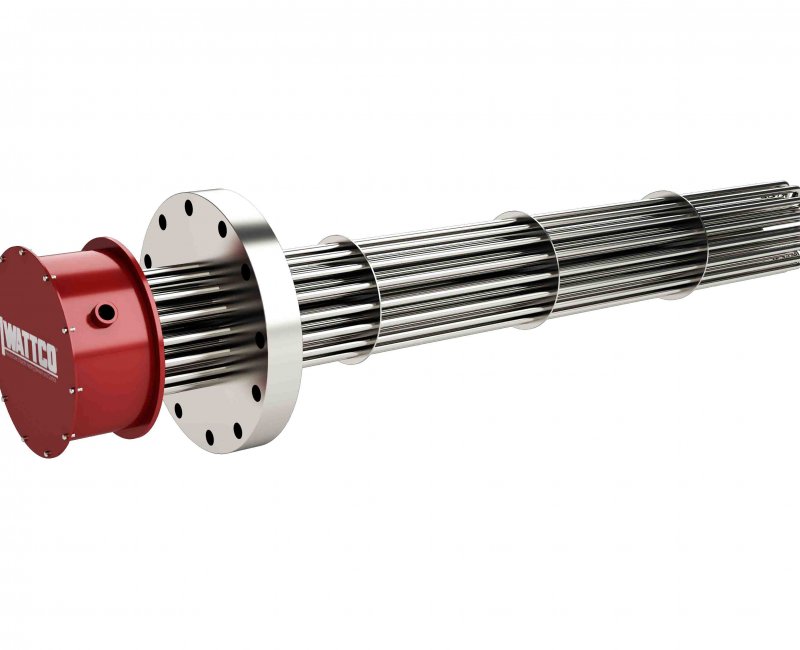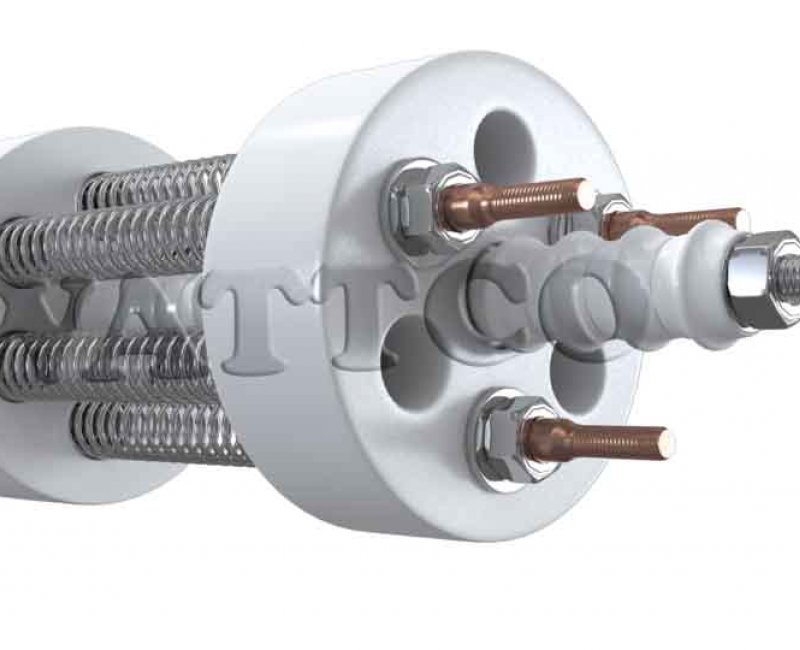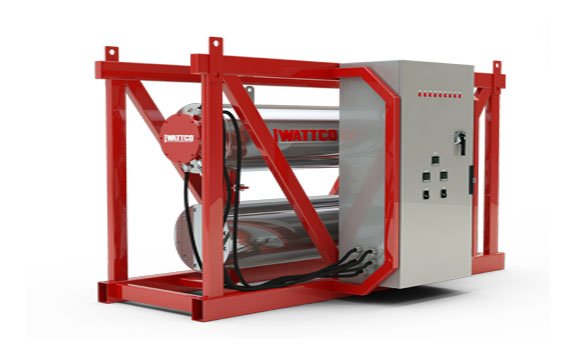Process Industry
The process industry is a large field of expertise. It covers the chemical and mechanical steps to process certain types of liquid. These applications are carried out on a large scale across the globe.
Industrial circulation heaters use flanged heater assemblies along with precise digital controllers that heat circuits of liquid quickly. The control panels provide the accurate temperature control required to provide immediate thermal conductivity through a large containment field.
Electric flanged heaters are often selected for their low maintenance and ease of installation, as well as their efficient properties. Electricity enables process engineers to provide a reliable heat source that meets their project objectives. Electric process heaters are effective and efficient heat. Reaching target temperatures accurately within a fixed time.Chemical Processes
Chemical Processing presents challenges for heating and containing corrosive and volatile mediums. They require individual solutions for their specific application and use. Custom-manufacturing chemical heaters maximize the efficiency of your process and equipment lifespan.
For instance, consider chemical processes that are located outdoors. This exposes them to hazards like moisture and variable temperatures. As such, they have additional consideration when choosing their process heaters.
Moisture-resistant and even explosion-proof enclosures can offer solutions to these issues. NEMA 4 (moisture resistant) and NEMA 7 (explosion-proof) housings help prevent unsafe scenarios.
NEMA 7 housings are particularly common in petrochemical processing. The petrochemical industry uses Wattco heating elements in areas using hazardous materials. Especially where exposure to highly volatile gas is present and safe heating equipment is necessary.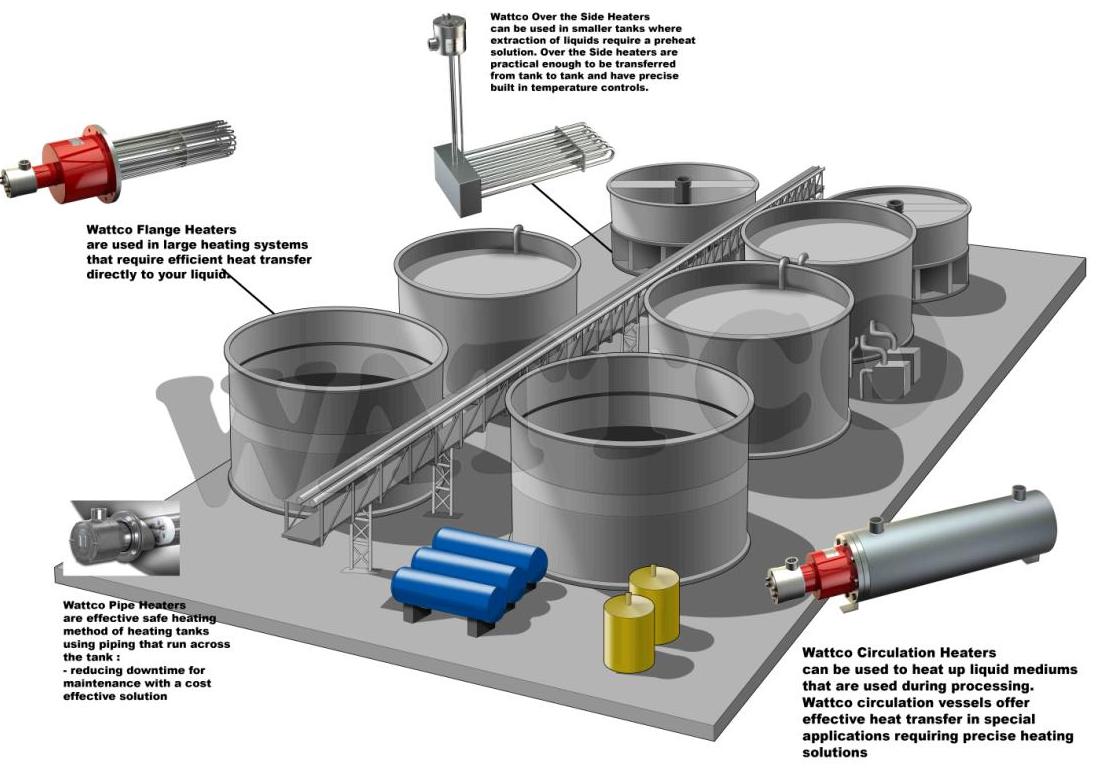
Types of Immersion
Process immersion heaters have specific and valuable uses and each task depends on the exact temperature of the heater. This makes it critical for precision controls in the heaters.
Flanged Heaters
Flanged immersion heaters are prominent in process heating applications. They consist of hairpin bent tubular elements welded into the flange along with wiring boxes for electrical connections. The immersion heaters are installed by bolting the heater to a matching flange welded to the tank.
They are customizable for your specific application with different:
- Flange sizes
- Voltages
- Kilowatt ratings
- Element arrangements
- Sheath material
- Terminal housings
This customizability of flange heaters makes them suitable for all types of heating and applications. Flanged immersion heaters are mostly used for heating oil, or transferring fluid and corrosive solutions. Their design is ideal for pressure tanks and vessels.
It’s usually paired with a companion flange that is either welded to a tank or into a pipe body. A properly designed flanged heater provides a high degree of efficiency because the energy generated is quickly dissipated into the medium being heated.
Advantages
- Easy to install.
- Easy to maintain.
- Made for higher kilowatt output.
- Easy to control.
- Has an appropriate heating size for the right application.
Uses and Applications
- Hot water storage tanks
- Cleaning and rinsing tanks
- Heat transfer systems
- Process air equipment
- Boiler equipment
- Food Processing Equipment
- Freeze protection
- Warming equipment
- Preheating all grades of oil
- Heat transfer system
Over-the-Side Heaters
Over-the-side immersion heaters are ideal for tanks and vessels where side immersion heaters cannot be installed. OTS immersion heaters comprise of mounted tubular elements that are perfectly designed for processes including:
- Freeze protection
- Heating
- Water
- Oils
- Salts
- Acids
- Viscous solutions
These heaters are recommended for solutions requiring easy removal for cleaning and inspection. Over-the-side immersion heaters are versatile. Their design allows for easy installation. They rest over the side of the tank, directly immersing along the side and the bottom.
The heater takes up minimal space. This eliminates the need for tank penetrations (some applications require the perforation of holes in the tank). As well as providing ample working space inside the tank.
Custom element configurations are available to improve even heat distribution.
Advantage
- Portable and can easily be removed
- Easy to maintain
- Comes in a variety of shapes
- Can be immersed along the side or bottom of the tank.
- Lightweight
- NEMA 4/4x enclosures available for moisture protection
- Different sheath materials are available for corrosive liquids, acids, etc.
- Allow 1 to 3 phase operations
- Moisture resistant
- Provide uniform temperature
- No drilling holes needed
- Designed for safety
Uses and Applications
- Caustic Solution
- Freeze protection
- Storage tanks
- Viscous oils
- Salts
- Paraffin
- Solvents
- Degreasing tanks
Circulation Heaters
Circulation heaters are packaged units consisting of screw plug or flanged immersion heater mounted in a thermally-insulated heating chamber. These heaters have an inlet and outlet piping to where the liquid or gas goes through the tank to reach the desired temperature.
Circulation heaters, or “in-line heaters”, use stainless steel, titanium, or steel flanges in most applications. Compact and efficient, circulation heaters heat flowing gasses or liquids in circulation systems. It is a perfect solution for generating heat and enhancing the performance of normal immersion heaters.
Advantage
- Compact
- Durable
- Easy to install
- Provides greater wattage over smaller heater bundles
- Easy mounting support.
- Maximum dielectric strength
- Reduce heat loss from the vessel
- Quick response time and even heat distribution
Circulation Heater Applications
- Demineralized Water
- Deionized Water
- Potable Water
- Clean
- Industrial water rinse tanks
- Lubricating oils
- Paraffin
- Caustic cleaners
- Super-heating steam
- Nitrogen, hydrogen, and other gas systems
- Electric heating systems for pre-heating and exhaust gas post-heating.
There are three ways to install a circulation heater:
Vertical Mounting for Liquids
Terminal housing is at the top and the inlet pipe is at the bottom. Heating elements are immersed at all times to prevent premature failure. Recommended for liquid heating or low-temperature gas heating.
Horizontal Mounting
Mounting the heater with the inlet-outlet pipes facing up keeps the elements are immersed at all times. For liquid heating, the outlet may be possible at either. But for gas heating, the inlet should be closest to the terminal enclosure to reduce terminal box wiring temperature.
Vertical Mounting for Gasses
Mounting circulation heaters with the terminal enclosure and inlet pipe at the bottom will minimize terminal box wiring temperatures. Recommended for high-temperature gas heating.Mentioned Products
Since they can move from tank to tank when necessary. Over-the-Side Heaters are perfect for process heating.
Best used when heat needs to be transferred to a solution quickly and efficiently. Flanged heaters use durable alloys such as steel, stainless, titanium and Hastelloy for a wide of temperature ranges. Temperature controls and digital controllers make this product an optimum choice for the oil and gas industries.
Especially effective when there is limited time available for maintenance. These heaters do not come into direct contact with your liquid solution (usually corrosive or viscous) so replacement is simple without the need to empty your tank.
Circulation heaters can provide prices heating at various stages of processing. Wattco circulation heaters can be customized for a wide variety of uses and can act at various points in the processing process.

